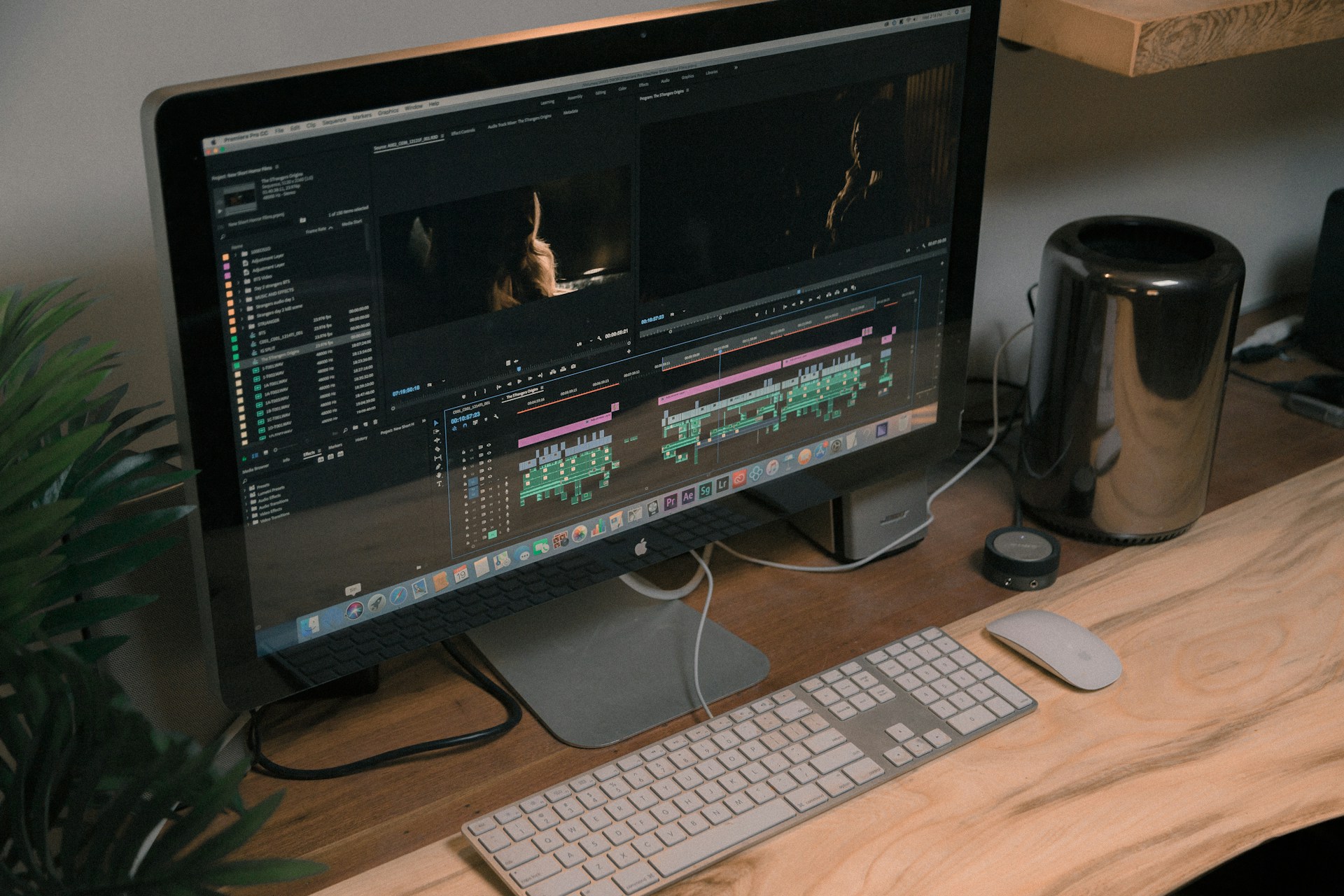Training films have been a staple in businesses and educational settings for many years, providing essential guidance and instructions to employees and learners alike. However, as times change and technology advances, these films can quickly feel outdated and ineffective.
Updating them not only helps ensure that their content remains relevant, but it also makes the learning process more engaging and accessible to viewers. In a world where attention spans are getting shorter, modernising your training films can make a significant difference in retaining both the viewer’s interest and the material being taught.
Imagine watching a training film that looks like it was made decades ago, complete with grainy visuals and monotone explanations. Such films can leave viewers disengaged and confused. On the other hand, updated training films, with vibrant visuals and interactive elements, can captivate audiences and convey information much more effectively.
Leveraging modern techniques to refresh outdated training films not only maximises their impact but also reflects positively on your organisation’s commitment to continuous improvement.
Assessing the Current Training Films
The first step in rejuvenating your training films is taking a good look at what you currently have. This involves evaluating the content to determine what’s effective and what’s not quite hitting the mark. To do this properly, consider the following points:
1. Content Evaluation: Watch the films with a critical eye. Are the topics still relevant, or have certain practices changed over time? Is the language clear and understandable, or does it seem dated? Identifying these aspects will help you focus on what needs to be updated or added.
2. Visual Quality: Assess the film’s visuals. Are the images and graphics clear, or do they seem old-fashioned? Upgraded film techniques and editing can significantly enhance the visual appeal, making the content much more engaging.
3. Feedback from Viewers: Gather input from people who regularly watch these films—employees, trainees, or even stakeholders. They can provide invaluable insights into what parts are helpful and which sections might benefit from improvement.
Once you’ve taken the time to thoroughly assess your current training films, you’ll have a clearer understanding of where adjustments are needed. This foundation is crucial for planning effective updates that align with contemporary standards and viewer expectations.
Planning the Update
After assessing the current situation, the next step is to put together a practical plan for updating your training films. Clear objectives should be set to ensure the films meet today’s standards and the expectations of your audience. Start by deciding what you want the revamped films to achieve. Are you aiming for improved clarity, better engagement, or incorporating new information? Defining these goals gives a roadmap for your creative process.
Collaborating with experts can elevate the quality of the training films. Professionals bring a fresh perspective and have the know-how to make substantial improvements. This collaboration might involve scriptwriters for enhancing narratives or video editors for polishing the visuals. Working with those who understand the technical and creative aspects can be instrumental in crafting a compelling product.
Creating a storyboard is vital. Think of the storyboard as a blueprint detailing each scene, making it easier to visualise how the film will unfold. It helps align all the elements—script, visuals, and objectives—into a cohesive narrative. This planning stage ensures that the creativity and practicalities are balanced, preventing potential hiccups during production.
Implementing Modern Filming Techniques
With a solid plan in place, it’s time to execute the update using contemporary filming methods. High-quality visuals are a must. Using updated cameras and editing software instantly upgrades the viewer’s experience, making the material both appealing and effective. Poor visuals can distract from the content, so clarity and resolution should be priorities.
Adding interactive elements like quizzes or call-to-action prompts keeps the audience engaged and encourages active learning. By integrating these features, the films shift from passive watching to active participation. This technique not only enhances understanding but also retention, as audiences often learn better by doing rather than just watching.
Ensure the updated films align with current practices and standards. Industries change rapidly, and training films should reflect the most up-to-date information. This means revisiting and revising the content regularly to stay on top of changes. By maintaining high standards, the films remain valuable resources year after year.
Final Review and Deployment
Before rolling out your new training films, conduct a final review. Testing them with a small group helps identify any remaining tweaks that might improve the overall product. This trial gives you real-world insights into the effectiveness and appeal of the films.
Based on the feedback, make necessary adjustments. Perhaps a section is too long, or the flow doesn’t quite make sense. Being open to alterations ensures that the final version is polished and ready for a broader audience.
Once all adjustments are made, deploy the updated training films to your entire organisation. With careful planning and execution, the films will serve as a powerful tool for learning and development. This investment becomes a testament to the organisation’s commitment to quality training and its forward-thinking approach.
By regularly updating training materials, you can keep them from becoming obsolete, sustaining their usefulness and relevance. This approach not only benefits employees but also strengthens the organisation’s educational framework, ensuring it’s always at the cutting edge.
Refreshed Training Films: Effective Updates
Modernising outdated training films represents more than just a technical refresh—it’s an investment in your organisation’s continued learning effectiveness and professional credibility. By strategically assessing content relevance, embracing current production standards, and integrating modern learning principles, you transform dated assets into powerful educational tools that resonate with today’s workforce.
Ready to transform your training films into captivating learning experiences? Let On Air guide you on this creative journey with our expertise in film production services. Whether you aim to boost engagement or update visual content, our innovative techniques will ensure your films are not just informative but also highly engaging. Stay ahead of the curve and watch as your training materials become powerful tools for education and growth.






